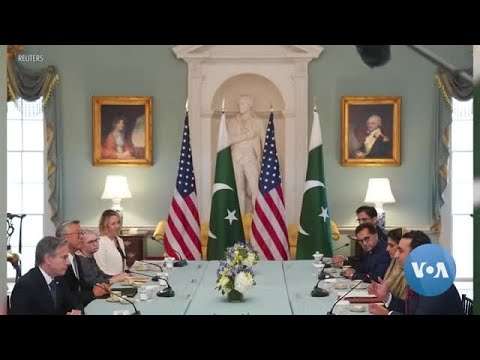Introduction
India and Pakistan share a complex history shaped by partition, wars, political tensions, and periods of diplomatic engagement. Despite numerous peace talks and confidence-building measures, relations between the two nuclear-armed neighbors remain fragile. While historical disputes, such as Kashmir and cross-border tensions, continue to fuel hostility, diplomacy has played a crucial role in preventing full-scale conflicts. Can diplomacy truly prevail in fostering lasting peace? This article explores the challenges, past efforts, and potential diplomatic pathways that could reshape India-Pakistan relations.
1. The Historical Context: A Legacy of Conflict and Cooperation
Since gaining independence in 1947, India and Pakistan have engaged in multiple wars (1947, 1965, 1971, and Kargil in 1999), skirmishes, and diplomatic breakdowns. However, history also shows moments of peace-building, such as:
The Simla Agreement (1972) following the 1971 war, which aimed to resolve issues through peaceful dialogue.
The Agra Summit (2001), a high-profile attempt at reconciliation that ultimately collapsed.
Backchannel diplomacy, where unofficial diplomatic efforts have kept communication open despite public hostilities.
Understanding this historical interplay of conflict and cooperation is key to assessing future diplomatic success.
2. Major Stumbling Blocks to Diplomatic Progress
Several deep-rooted issues continue to hinder meaningful dialogue between India and Pakistan:
The Kashmir Dispute: The most contentious issue, leading to military tensions, cross-border conflicts, and insurgency-related violence.
Cross-Border Terrorism: India alleges that Pakistan-based groups support militancy in Kashmir, straining diplomatic efforts.
Trust Deficit: Previous agreements and peace talks have often broken down due to political instability, military interventions, and public sentiment.
Third-Party Influence: External players, including China, the US, and Gulf nations, have played varying roles in mediating or exacerbating tensions.
Trade Barriers: Economic cooperation has often been disrupted due to political tensions, despite the potential for mutual economic benefits.
3. The Role of Diplomacy: Past Successes and Failures
While conflict often dominates headlines, diplomacy has periodically achieved breakthroughs:
The Lahore Declaration (1999): A promising step toward peace that was overshadowed by the Kargil conflict.
Composite Dialogue Process (2004-2008): A structured diplomatic framework addressing multiple issues, later derailed by the 2008 Mumbai attacks.
Kartarpur Corridor (2019): A rare positive development allowing Sikh pilgrims from India to visit a sacred site in Pakistan.
Informal Backchannel Talks: Reports suggest that covert diplomacy continues even during periods of public hostility.
Despite setbacks, these instances highlight that diplomacy can yield progress when both nations show political will.
4. Can Diplomacy Prevail? Future Possibilities for Peace
While challenges remain, several diplomatic strategies could pave the way for better India-Pakistan relations:
Track II Diplomacy: Unofficial dialogues involving academics, journalists, and retired officials to build trust.
Bilateral Trade and Economic Ties: Strengthening trade can create economic interdependence, reducing incentives for conflict.
People-to-People Engagement: Cultural exchanges, student programs, and sports diplomacy can foster goodwill.
International Mediation: While both nations resist external interference, neutral third-party facilitation could help in crisis management.
Climate Change Cooperation: Addressing shared environmental challenges, such as water management, could serve as a platform for collaboration.
Conclusion
Diplomacy has repeatedly been tested in India-Pakistan relations, with moments of promise often overshadowed by renewed tensions. However, history suggests that despite deep-seated hostilities, both nations have engaged in dialogue when the political climate allowed. Whether diplomacy can ultimately prevail depends on sustained political will, public support for peace, and a commitment to addressing key disputes through negotiation rather than confrontation. The path to stability remains uncertain, but diplomacy remains the best hope for a peaceful future in South Asia.



